How the Generational Divide is Costing Minority Communities
Election season is upon us and as affordability, housing policy and equity issues are thrust into the national spotlight, far too many civil rights organizations are noticeably absent from the conversation. Due in large part to an intergenerational divide, the baton has been dropped leaving many of the organizations with a hollow legacy and no successors. Many young professionals are at a loss when it comes to advocacy and grassroots organizing. For the baby boomer generation, this loss can be attributed to apathy on the part of millennials; conversely, millennials have largely found the boomers to be dismissive at best and unsupportive at worst. The loss of skill, talent and energy has resulted in the collective regression of underserved and underrepresented communities.Oftentimes public and private entities looking to invest in these communities reach out to the organizations and nonprofits with a perceived stronghold. The expectation is that the organizations, knowing the pulse of the community, will be able to articulate current needs and disburse resources. The reality is that there is an internal disconnect leaving the millennial group, looking to secure new homes and to be today’s voice of change, feeling powerless. A recent report by the Harvard Joint Center for Housing Studies showed that homeownership rates among millennials are significantly lower than three decades ago. Black homeownership in particular has recently collapsed to a three-decade bottom citing student debt and housing costs as significant hurdles. Black millennials are struggling with unprecedented levels of student debt, being priced out of the communities they were raised in and the ability to afford basic necessities; they are far from apathetic.Many organizations that serve these markets are aware of these statistics, some have even created programming to drive homeownership in the black community. The problem is that many millennials are unaware these programs exist or aren’t able to take advantage of the information presented . Outreach efforts have been largely directed in mediums that don’t attract them. Programming is not designed with behavioral traits in mind. This costly misstep is one of many instances in which communication barriers have resulted in a loss of resources and opportunity. Whether caused by the entrepreneurial mindset or unbridled energy of the millennial generation or dogmatic preservation of legacy over progress by the boomers, there are clear barriers in communication. These barriers are keeping future generations of leaders, changemakers and homeowners from the tools and resources they need to secure a legacy of their own. Internal conversations need to take place before any credibility can be given to any of these organizations on a national one.

